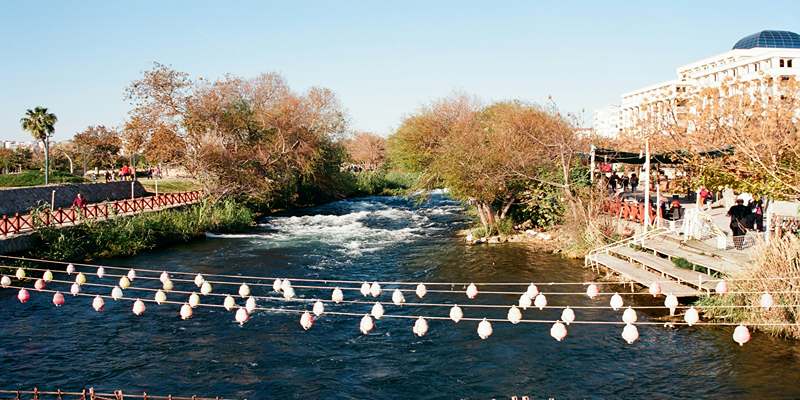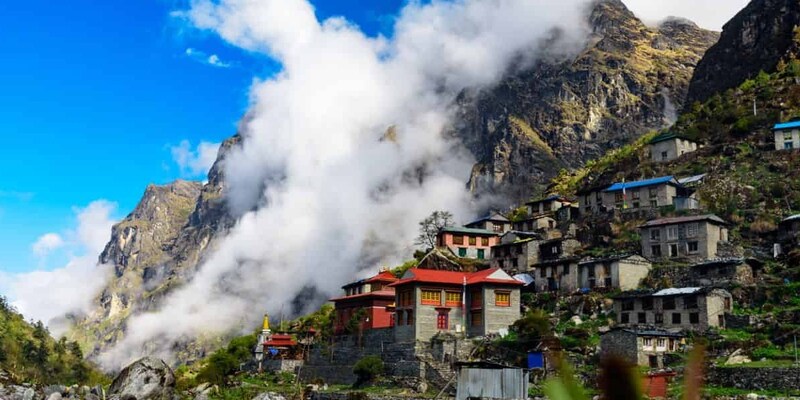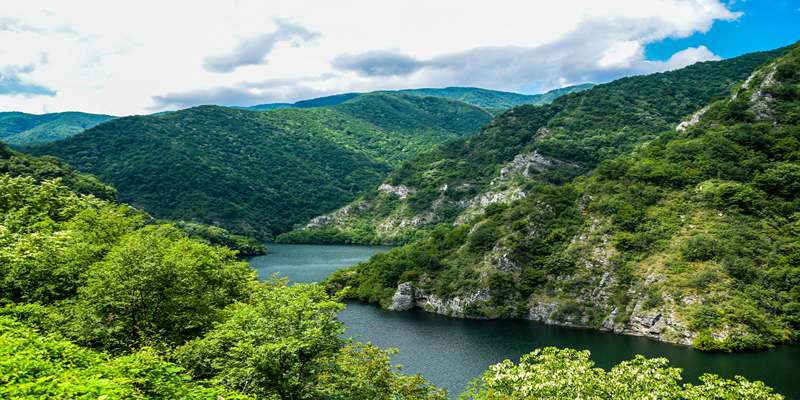How to Winter-Proof Your RV - Essential Tips for Safe and Comfortable Winter Travel
When the climate becomes colder, RV proprietors need to do more to make sure their vehicles are prepared for traveling in winter. Correct preparation for winter can help avoid expensive fixing and assure safety and comfort during the journey. This article gives five important advice on how you prepare your RV for winter travel. It talks about all issues from insulation to safeguarding of plumbing system, so that one experiences no trouble at the time of exploring places in cold weather.
Winterize Your RV
A primary move in getting your RV ready for winter is making sure that the air conditioning system can handle lower temperatures. As you'll not be using the AC unit, it's key to put a cover on it with good insulation so that cold gusts don't find their way inside. Also, think about employing space heaters which are energy-efficient to keep warmth inside of your RV constant. These heaters are perfect for making the living space warm and stopping pipes from getting frozen.
It's necessary to choose a model that finds an equilibrium between energy use and how well it works because this assists in lowering fuel expenses on lengthy journeys. Also important is fitting RV vent covers when you operate portable heaters; these keep snow as well as ice out of vents, guaranteeing the right airflow and security. It is very important to keep carbon monoxide detectors active whenever heaters are in operation, as this helps prevent contact with the harmful and scentless gas.
Protect Your Plumbing
Cold can cause big problems for the water system in an RV. If pipes and tubes get frozen, they may break or even explode which will result in water leakage and expensive maintenance works. To stop this from happening, you can use heating tape around the plumbing parts such as valves and joints that are more likely to freeze. The tape makes heat, which aids in preventing the lines from becoming frozen.
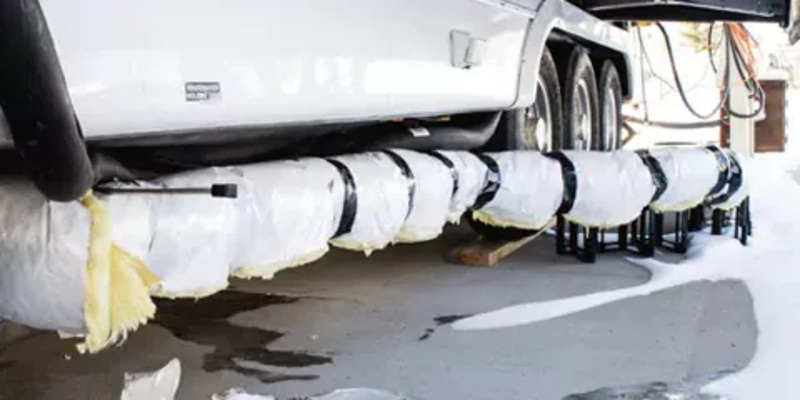
You can also attain more safety by putting foam insulation around parts that are susceptible to damage. On top of that, antifreeze must be placed in holding tanks so as not to let valves get stuck due to freezing weather conditions. When you are on a trip, if you open the kitchen and bathroom cupboards, the pipes get warm from inside of RV. This stops them from getting frozen. Letting taps leak a little keeps water moving and avoids blockages that ice can cause. A small heater for space helps with keeping nearby plumbing warm but it should always be kept at a distance from things that easily catch fire.
Install or Upgrade The Insulation in Your RV
To make your RV ready to withstand winter, it is important to boost its insulation. Good insulation can make sure that the vehicle remains warm and parts like pipes are not exposed to extreme climates. A very efficient method of insulating an RV is by attaching more protective materials at the bottom part of the vehicle so cold winds cannot enter easily. It's very important to look for spaces in doors and windows.
Doing this, putting weather stripping on the doors and changing weak or broken window caulking will stop air from coming in. You can also use window film as extra protection to stop cold from entering inside. Also, thick and weighty curtains can act as a block to cold air currents. Ensuring the floors are insulated is another important step because cold can quickly get in through the bottom of the RV. Using foam board flooring along with thick rugs or carpeting, forms a necessary shield against the chill. This becomes even more effective when used together with RV window skirting around the base vehicle area.
Keep Your Tank Full
It is very vital to always try and keep the gas tank almost full during the cold season. This easy practice could deter the buildup of condensation, which might result in ice crystals formation inside the tank. If you continue keeping a plump tank, space within it is reduced simultaneously reducing the possibility for freezing occurring while preserving your fuel system at its best condition.
Moreover, having a full tank guarantees you have sufficient fuel for warmth and a journey. This can be especially beneficial in isolated areas where finding gas stations could become challenging during the winter season.
What to Pack for Winter RV Travel
Preparing your RV for winter is very important, but you also need to be ready with appropriate equipment for traveling in the cold season. Things like additional blankets, clothes that keep heat and some key items can assist greatly in making a trip during chilly weather more comfortable. Every person in your family should have an electric blanket to add warmth at night time together with waterproof snowy boots, warming socks and scarves are essential so everyone stays heated while outside.
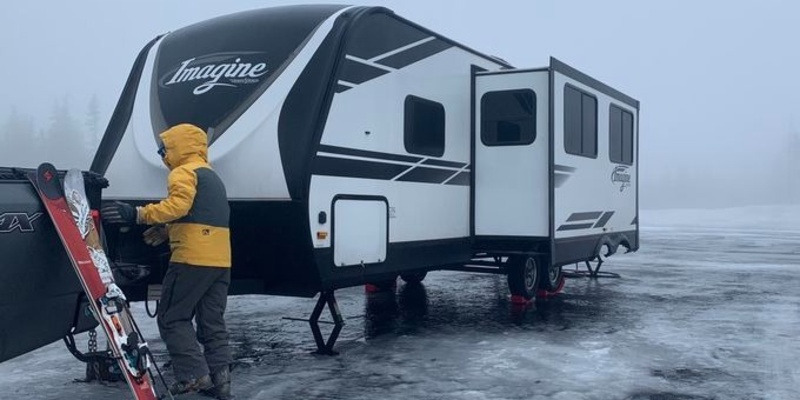
A lantern or headlamp that works with a battery can be very useful if there are power cuts or to move around in dim lighting. Some other helpful objects are canned food, water for drinking, chains for tires, and a shovel which could help remove snow. During trips if pipes or hoses turn frozen, you can use a hairdryer to melt them securely. Combining these items with thorough preparation for winter guarantees that your RV is ready for travel during cold months.
Conclusion
To make sure your winter trips in an RV are safe and fun, it's important to prepare the vehicle for cold weather. You should take precautionary actions like adding insulation to your RV, safeguarding pipes from freezing, and ensuring tanks are full. This will help you avoid typical winter troubles while preserving comfort and safety when traveling on the road. Regardless of whether planning a lengthy drive during winter in an RV or getting ready for time off due to season change, these suggestions can assist you maximize the usage of your RV as temperatures drop.



